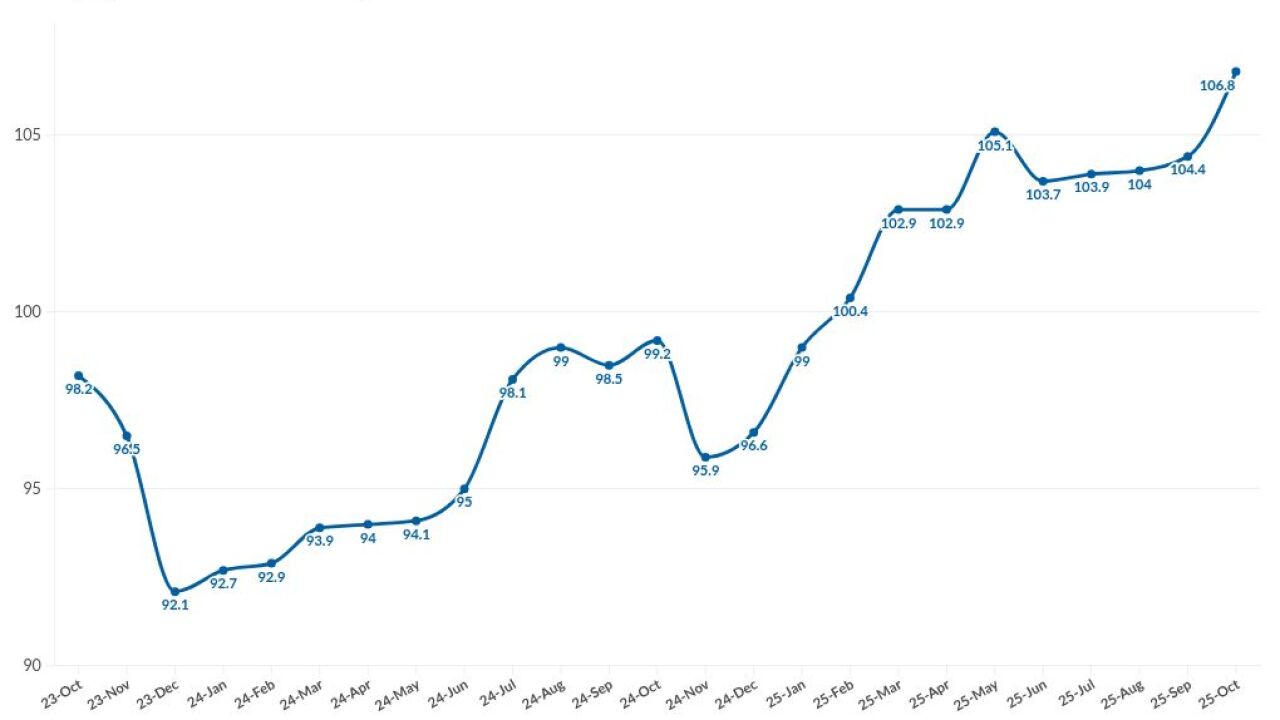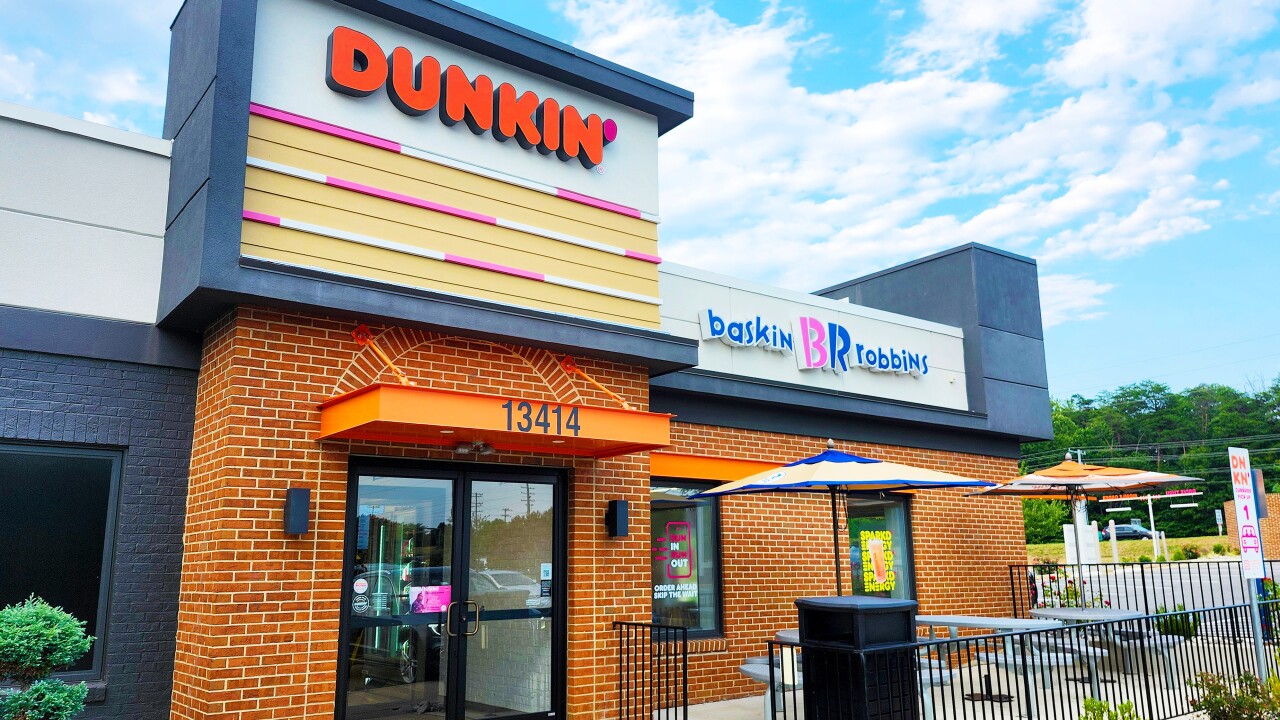The stronger-than-expected employment report is the catalyst for ending a five-week streak of declining mortgage rates, Freddie Mac reported.
The 30-year fixed rate mortgage averaged 6.72% as of July 10, a gain of 5 basis points
But it is still lower than one year ago, when the rate averaged 6.89%.
At the same time, the 15-year FRM rose 6 basis points week-over-week to 5.86%. Compared with
"Despite ongoing affordability challenges in the housing market, we are seeing home purchase and refinance applications respond to the downward trajectory in rates, increasing by 25% and 56%, respectively, compared to the same time last year," Freddie Mac Chief Economist Sam Khater said in a press release.
What other mortgage rate trackers are showing
Other rate trackers also moved higher over the past seven days.
Lender Price data as
The latest data on the Optimal Blue website is for Wednesday, with the 30-year conforming FRM averaging 6.711%, up from 6.675% one week prior.
Between the jobs report and other economic news such as tariffs,
Since closing at 4.23% on June 30, it rose to 4.35% on July 3, peaked at 4.42% on Tuesday before backing down the next day to 4.34%. But as of 11 a.m. Thursday, the 10-year was back up to 4.37%.
"A
Zillow, which has revised the style in which it provides its rate tracker, put the 30-year FRM at 6.625% as of 11 a.m. on Thursday morning.
Zillow Home Loans Senior Economist Kara Ng joined the voices speaking up after the jobs report came out that the results "reduced the already slim likelihood of a July interest rate cut by the Federal Reserve, putting mild upward pressure on mortgage rates."
The Mortgage Bankers Association's
"Mortgage rates falling to their lowest level in three months led to a boost in borrower demand during the week of the Fourth of July," said Bob Broeksmit, the MBA's president and CEO, in a Thursday morning statement. "Applications jumped 9.4%, with both purchase and refinance activity posting strong weekly and annual gains."
Are proposed copper tariffs affecting mortgage rates
In a July 10 report written prior to the release of the Freddie Mac data, BTIG analyst Eric Hagen noted that "mortgage rates stay glued around 6.75%."
Higher copper prices, as a result of a 50% tariff announcement and thus could
"The spread between primary and secondary mortgage rates was fairly steady around 110 basis points throughout most of the second quarter, although we expect some originators still felt a drag on margins from hedging interest rate volatility," he added.
Tariff developments are likely to be the factor to swing mortgage rates, Ng said in a commentary issued on Wednesday evening.
"The 90-day tariff pause, originally set to expire on July 9, was recently extended to Aug. 1," she pointed out.
But inflation remains a concern and "the market will also closely watch the upcoming Consumer Price Index data on July 10 for clues about [its] path," Ng said.
How a sluggish spring season affects markets
The
"Slightly lower mortgage rates toward the end of the year could further aid affordability, but significant improvements appear unlikely," Ng said. "Still, home shoppers have some advantages — plenty of options have given them more bargaining power than in any summer in at least seven years."
Total inventory grew by over 23% year-over-year in June, a Housecanary report found.
"The sustained growth in inventory is undoubtedly a positive development for buyers, offering them a broader selection and potentially more leverage in negotiations," an accompanying blog post said. "At the same time, the robust year-over-year increase in contract volume confirms that buyer demand remains a powerful force."
While prices continue to rise, a 32% increase in price cuts when compared with June 2024 "suggests that sellers are acutely aware of the evolving market conditions and are adapting their strategies accordingly," Housecanary said.





